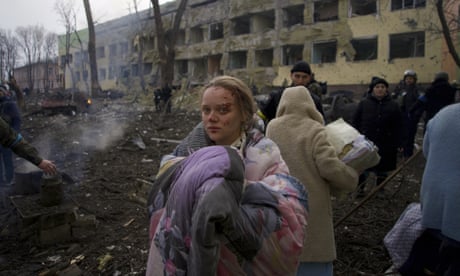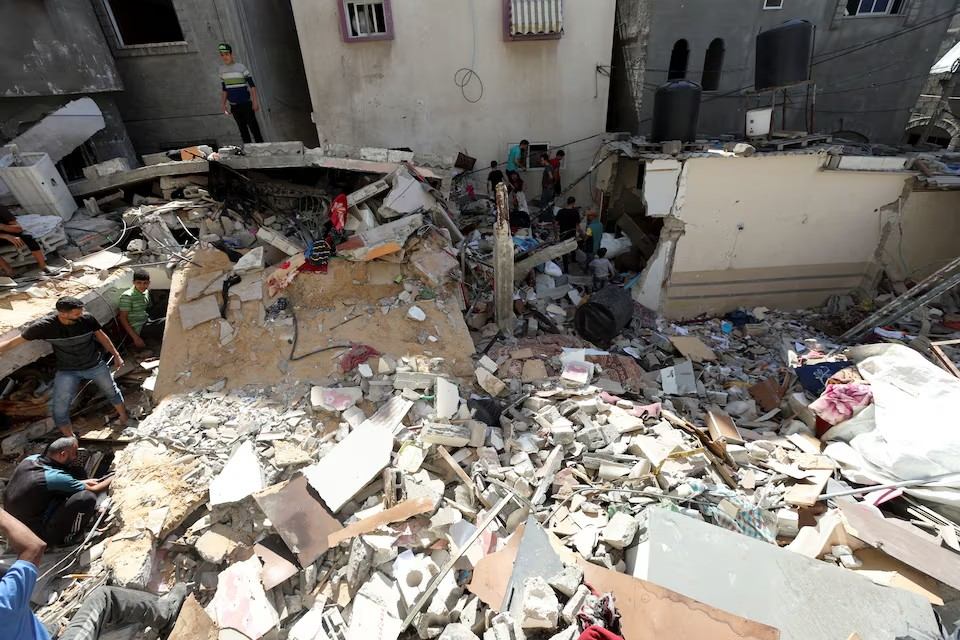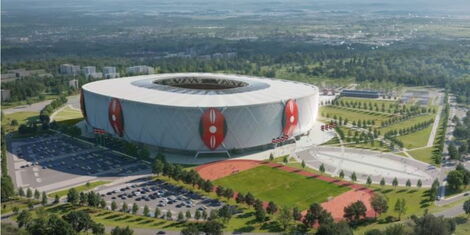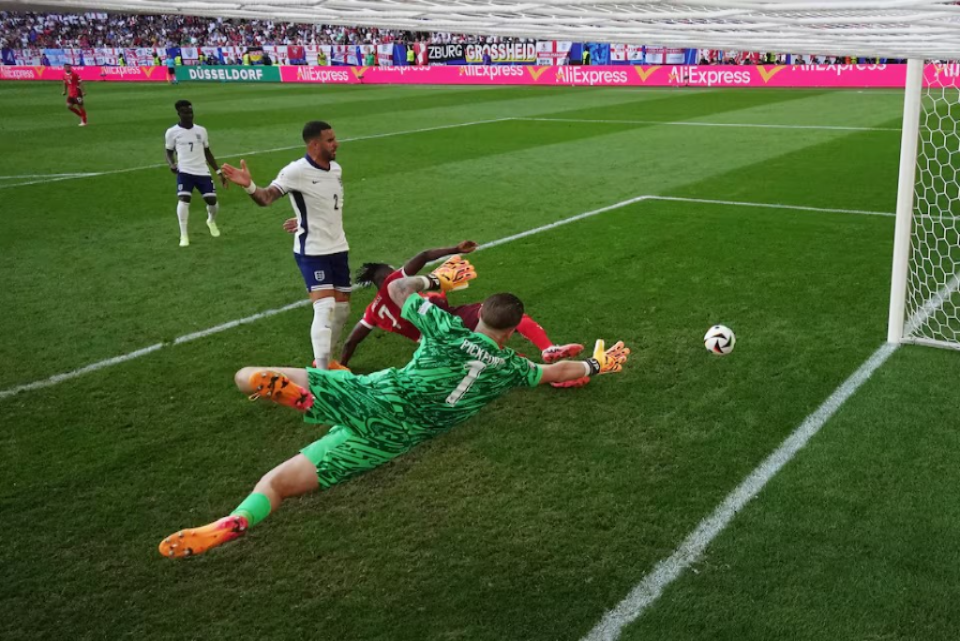For three weeks, the Ukrainian port city of Mariupol has been under siege by Russian forces. Between 100,000 and 200,000 people remain trapped in the city, which continues to come under relentless bombardment.
Local authorities say 80% of the city’s infrastructure has been destroyed, some of it beyond repair. The city has been without water, electricity and heating, and it is impossible to count the number of deaths. This week Ukraine rejected Russia’s ultimatum to surrender Mariupol.

The fall of Mariupol would be an economic blow to Ukraine and a symbolic victory for Russia.
“Mariupol has a practical and symbolic significance for Russia,” Andrii Ianitskyi, the head of the centre for excellence in economic journalism at Kyiv School of Economics, told the Guardian.
“It is a large port city and a base for Ukrainian armed forces. So if Russians want to have a land corridor [from the Donbas] to Crimea, they need to control the city.”
Since 2014, less than 30km has separated Mariupol from the Russian-controlled separatist territories in the Donbas.
Economic strangulation
Mariupol is a metallurgical centre for iron and steelworks, heavy machinery manufacturing, and ship repairs. Ukraine’s largest steel plants owned by the country’s leading metallurgical group, Metinvest, are located in Mariupol. One of them, Azovstal, was badly damaged by Russian shelling this week.
Ianitskyi said the Russian army had been targeting not only civilian infrastructure but also the economic infrastructure, with the aim of incurring as much damage as possible.
Mariupol is also home to the largest trading port in the Azov Sea from which Ukraine exports grain, iron and steel, and heavy machinery. In 2021, the main destinations for Ukrainian exports from Mariupol port were European and Middle Eastern countries such as Italy, Lebanon, and Turkey.
The port had suffered after the start of the Donbas war, having lost transit cargo traffic from former markets, including Russia. After the annexation of Crimea, Russia built a bridge connecting the peninsula to its mainland and unilaterally imposed restrictions for ships passing the Kerch Strait.
Symbolism and propaganda
There was also a symbolic significance, Ianitskyi said. In 2014, Mariupol, the second-largest city in the Donetsk region, withstood brief occupation by pro-Russian forces. After Ukraine lost control over the regional capital of Donetsk, Mariupol hosted the largest number of internally displaced people from the occupied parts of the Donbas, more than 96,000 people as of 2019.
Not only does Mariupol lie in the territory that is claimed by the so-called Donetsk People’s Republic, an area recognised by Russia before the full-scale invasion, but it is also part of Vladimir Putin’s vision of “Novorossiya” – a territory stretching across eastern and southern Ukraine along the Black Sea coastline that is viewed by Putin as “historically Russian lands”.
Capturing Mariupol would also be a huge win for Kremlin propaganda, which portrays Ukraine as governed by Nazis and the war as “de-Nazification”. The city has been a base of the Azov battalion, a former paramilitary unit with roots in far-right and neo-Nazi groups. Although they form the tiniest fraction of Ukraine’s national guard, Russian propaganda has claimed Azov fighters were responsible for killings of civilians and destruction in Mariupol.
READ MORE
- Chelsea’s Tuchel hopes James’ latest injury is not serious.
- Two Russian Military transport planes shot down over Ukraine.
- more-usa-heavily-armed-troops-on-the-way-to-europe










